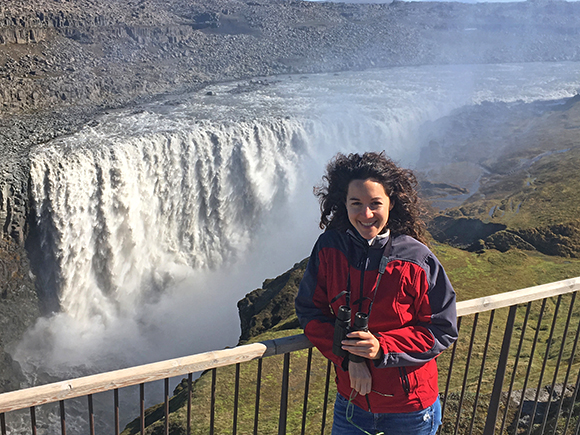Josep Peñuelas wins a British Ecological Society award
The ecologist will receive the 2018 Marsh Award for Climate Change Research at a prizegiving ceremony in Birmingham in December.

The ecologist will receive the 2018 Marsh Award for Climate Change Research at a prizegiving ceremony in Birmingham in December.

We interviewed Sara Marañón, a postdoctoral researcher at CREAF with a Marie Curie grant.

Second instalment about Mesopotamia. We are now situated throughout the 20th century, political and social changes caused massive forced migrations by people of the area and the uncontrolled exploitation of marshes populated by the Ma'dam tribe.
At the end of the 19th century, the border region between Italy and Slovenia had mountains with no trees. A massive reforestation ordered by the Austro-Hungarian Empire allowed to recover forests and revitalize the region. Now, however, those pines planted a century ago are in danger.
![]()
For Roberto and Andrea
Aedes japonicus is an invasive insect capable of transmitting diseases such as West Nile virus. The mosquito was found in Asturias (North Spain) when a person sent a photo of the insect with the Mosquito Alert app in june.
Species of birds living on islands have evolved to have larger brains than their continental relatives. Island conditions have prompted this post-colonization evolution, which enhances adaptability to environmental changes.
Trees that have grown in highly suitable climatic conditions are less capable of dealing with extreme droughts, according to a study that underlines the importance of taking a forest's history into consideration when deciding how best to conserve and manage it.

